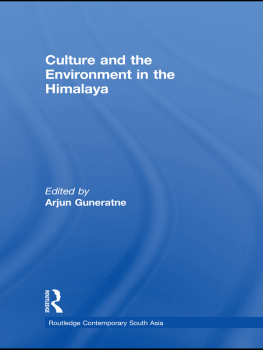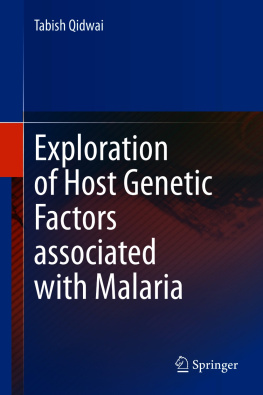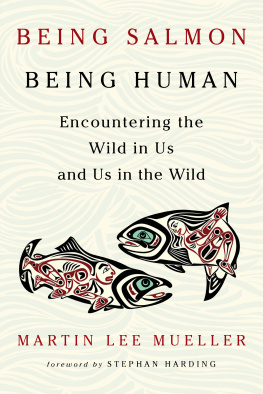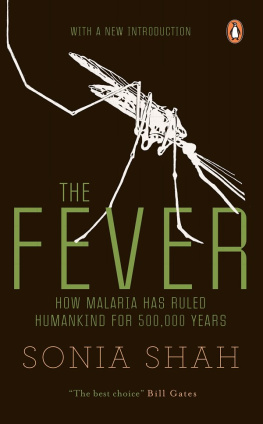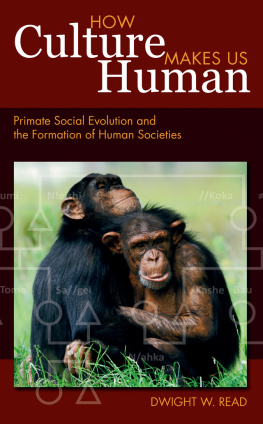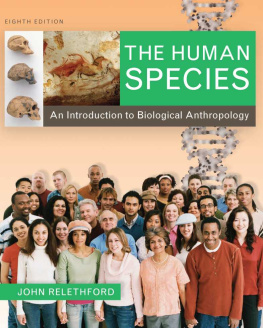
THE TEN-THOUSAND YEAR FEVER
NEW FRONTIERS IN HISTORICAL ECOLOGY
Dynamic new research in the genuinely interdisciplinary field of historical ecology is flourishing in restoration and landscape ecology, geography, forestry and range management, park design, biology, cultural anthropology, and anthropological archaeology. Historical ecology corrects the flaws of previous ecosystems and disequilibrium paradigms by constructing transdisciplinary histories of landscapes and regions that recognize the significance of human activity and the power of all forms of knowledge. The preferred theoretical approach of younger scholars in many social and natural science disciplines, historical ecology is also being put into practice around the world by such organizations as the UNESCO. The series fosters the next generation of scholars offering a sophisticated grasp of human-environmental interrelationships. The series editors invite proposals for cutting edge books that break new ground in theory or in the practical application of the historical ecology paradigm to contemporary problems.
General Editors
William Bale, Tulane University
Carole L. Crumley, University of North Carolina, Chapel Hill
Editorial Advisory Board
Wendy Ashmore, University of California, Riverside
Peter Brosius, University of Georgia
Lyle Campbell, University of Utah
Philippe Descola, Collge de France
Dave Egan, Northern Arizona University
Rebecca Hardin, University of Michigan
Edvard Hviding, University of Bergen
William Marquardt, University of Florida
Kenneth R. Olwig, Swedish University of Agricultural Sciences
Gustavo Politis, Universidad de la Plata
Nathan Sayre, University of California, Berkeley
Stephan Schwartzman, Environmental Defense Fund
Series Titles
Vol. 1: Social and Ecological History of the Pyrenees: State, Market, and Landscape, Ismael Vaccaro and Oriol Beltran, eds.
Vol. 2: The Ten-Thousand Year Fever: Rethinking Human and Wild-Primate Malarias, Loretta A. Cormier
Vol. 3: Sacred Geographies of Ancient Amazonia, Denise P. Schaan
THE TEN-THOUSAND YEAR FEVER
Rethinking Human and Wild-Primate Malarias
Loretta A. Cormier
First published 2011 by Left Coast Press, Inc.
Published 2016 by Routledge
2 Park Square, Milton Park, Abingdon, Oxon OX14 4RN
711 Third Avenue, New York, NY 10017, USA
Routledge is an imprint of the Taylor & Francis Group, an informa business
Copyright 2011 Taylor & Francis
All rights reserved. No part of this book may be reprinted or reproduced or utilised in any form or by any electronic, mechanical, or other means, now known or hereafter invented, including photocopying and recording, or in any information storage or retrieval system, without permission in writing from the publishers.
Notice:
Product or corporate names may be trademarks or registered trademarks, and are used only for identification and explanation without intent to infringe.
Library of Congress Cataloging-in-Publication Data:
Cormier, Loretta A.
The ten-thousand year fever: rethinking human and wild-primate malarias / Loretta A Cormier.
p. cm. (New frontiers in historical ecology)
Summary: Malaria is one of the oldest recorded diseases in human history, and its 10,000-year relationship to primates can teach us why it will be one of the most serious threats to humanity in the 21st century. In this pathbreaking book Loretta Cormier integrates a wide range of data from molecular biology, ethnoprimatology, epidemiology, ecology, anthropology, and other fields to reveal the intimate relationships between culture and environment that shape the trajectory of a parasite. She argues against the entrenched distinction between human and non-human malarias, using ethnoprimatology to develop a new understanding of cross-species exchange. She also shows how current human-environment interactions, including deforestation and development, create the potential for new forms of malaria to threaten human populations. This book is a model of interdisciplinary integration that will be essential reading in fields from anthropology and biology to public health Provided by publisher.
ISBN 978-1-59874-482-8 (hardback) ISBN 978-1-59874-483-5 (paperback)
1. Malaria. 2. Medical parasitology. 3. PrimatesDiseases. I. Title.
RA644.M2C587 2011
614.532dc22
2011009013
ISBN 978-1-59874-482-8 hardcover
ISBN 978-1-59874-483-5 paperback
Cover design by Piper Wallis
Cover illustration by James Cormier
M y interest in studying human and nonhuman primate interactions (ethnoprimatology) began with my dissertation fieldwork with the Guaj, a group of Amazonian hunter-gatherers. The Guaj incorporate local primates into multiple aspects of their culture. Although monkeys are hunted and are a key food source, orphaned monkeys are nurtured as pets and considered to be quasi-human members of the kin group. Monkeys are also deeply embedded in Guaj cosmology, cosmogeny, and symbolic life. My book, Kinship with Monkeys (2003) was an ethnographic study that focused on how monkeys are intertwined in ecological, social, and religious dimensions of the Guaj culture.
Although the focus of my work with the Guaj did not specifically address disease ecology, I did observe several instances of human diseases being passed to pet monkeys. One case involved two young boys, who were cousins, who both developed what appeared to be Herpes simplex. Both had small cold sores that quickly resolved, but two of the pet monkeys in each of their households, a capuchin (Cebus) and howler (Alouatta) both became gravely ill, with lesions all over their faces. Both died within weeks. During my time with the Guaj, there were several instances when respiratory infections (likely due to a viral cold or flu) spread through the group, and many of the pet monkeys experienced symptoms similar to those of the Guaj. It is also well known that multiple diseases can be passed from humans to wild primates and from wild primates to humans. Again, although it was not a focus of my research, I was aware that disease sharing was another important consequence of living in close quarters with primate cousins.
My specific interest in malaria developed from research in ethnobotany. However, for any ethnographer who works in malarious areas, malaria is an ever-present concern in the field. Many of the Guaj experienced serious malaria infections during my stay, and medical records from Brazilian health care workers have documented malaria cases since the time of first sustained contact with the Guaj people in the 1980s. The fear of malaria never leaves the mind, not only for the welfare of the people whom cultural anthropologists work among but also for ones personal health.


